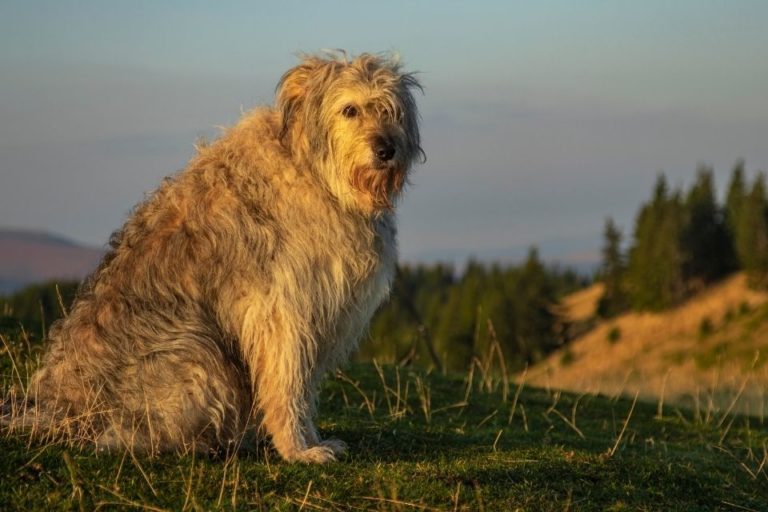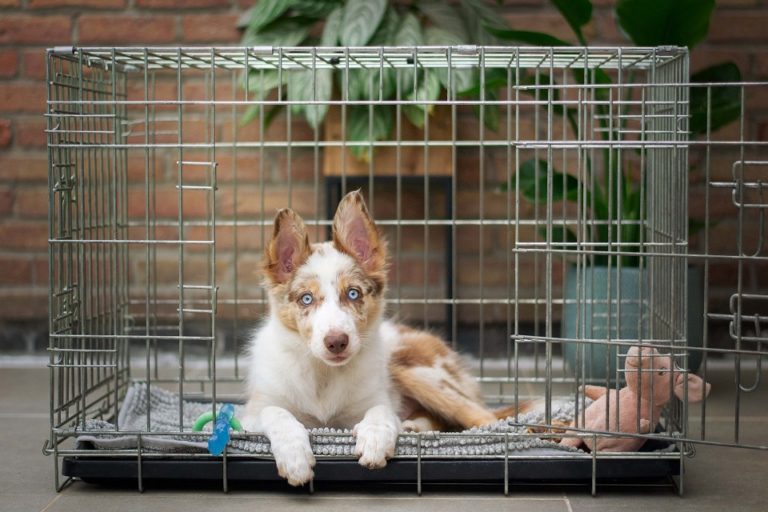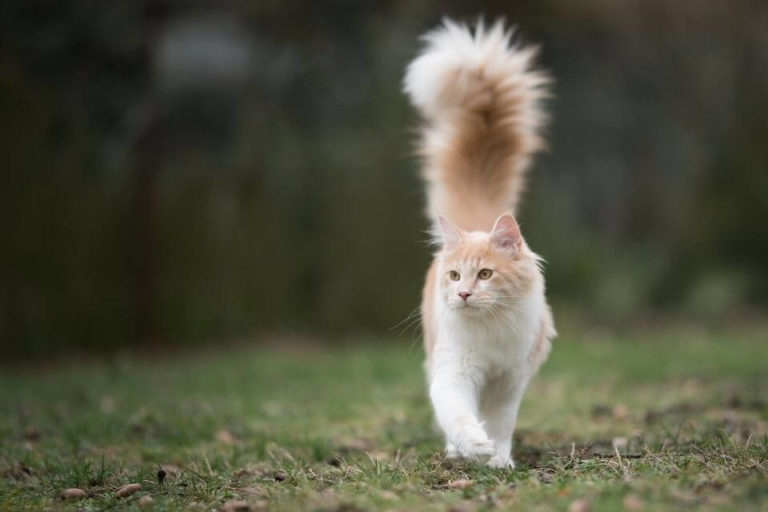List Of Popular House Plants That Are Toxic To Cats & Dogs
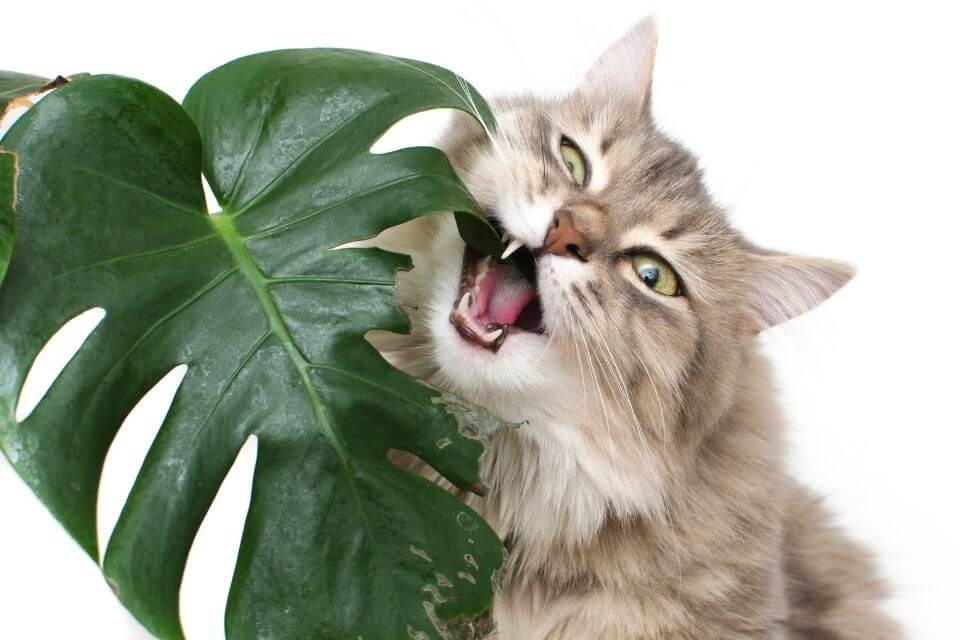
Do you have a green thumb? If so, you may be interested in adding some beautiful house plants to your home. But before you do, make sure you know the plants that are toxic to cats and dogs.
In this article, we will discuss the most common household plants that are poisonous to furry friends. We’ll provide information on how toxic each plant is to cats and dogs, as well as tips on how to keep your pets safe.
So read on for information on the most dangerous house plants for cats and dogs! So, let’s get started!
1. Alocasia Polly Plant
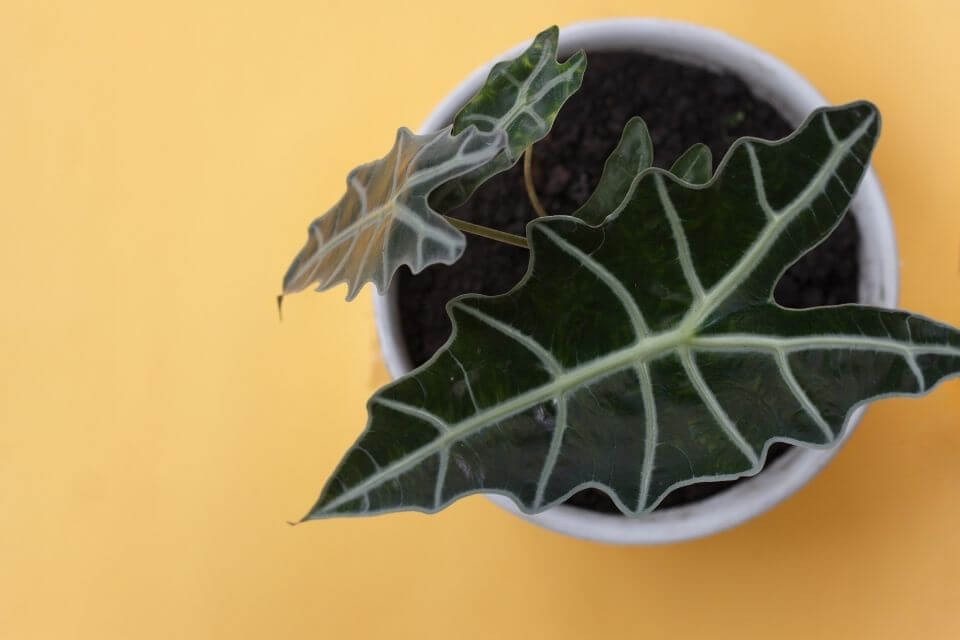
The Alocasia Polly Plant is one of the popular house plants that are toxic to cats and dogs. This plant contains calcium oxalate crystals, which can cause oral irritation, vomiting, and difficulty breathing in pets.
In severe cases, this plant can even be fatal. To protect your furry friends, make sure you keep this plant out of reach. Additionally, this plant should not be composted, as the toxins can still be released into the environment.
There are two ways your dog can get alocasia poisoning. One is by ingesting the plant’s leaves, and the other is by exposure (topical) to the skin.
The signs of topical exposure include skin irritation, swelling, and redness. Your dog or cat will have puncture wounds from the thorns.
Check this Alocasia Polly care guide.
2. Dracaena Angolensis Palnt
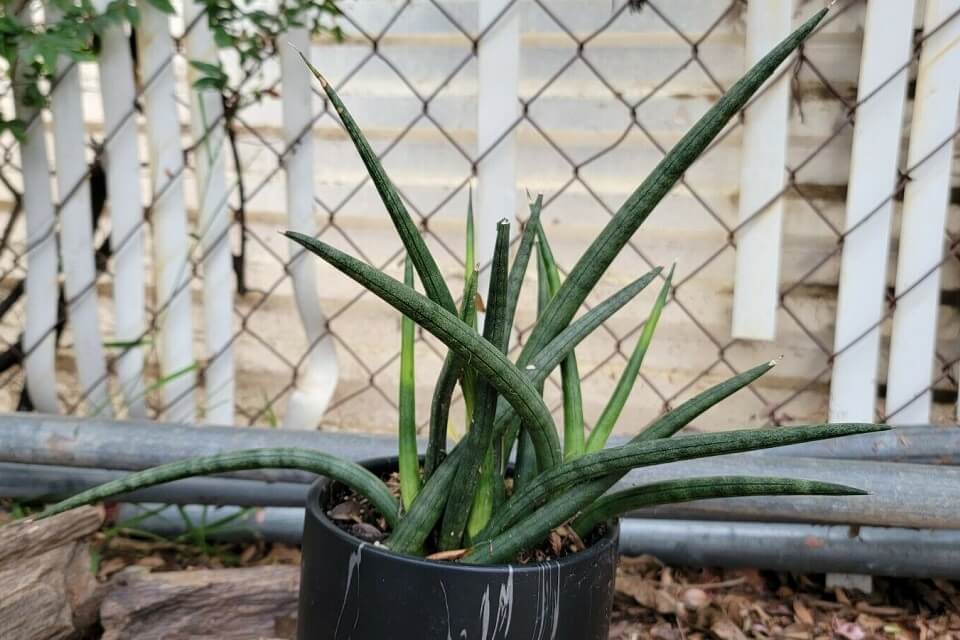
The Dracaena Angolensis (syn. Sansevieria Cylindrica) is a very attractive plant that is popular as a household plant. It is also toxic to both cats and dogs.
This plant contains saponins, which can cause vomiting, diarrhea, drooling, depression, loss of appetite, and even death in your furry friends.
The signs of poisoning usually occur within 30 minutes of ingestion and can last for up to 72 hours. To protect your pet from this dangerous plant, make sure you keep it out of reach.
Additionally, never compost this plant, as the toxins can still be released into the environment. There is no antidote for dracaena angolensis poisoning in cats or dogs.
So if you think your pet has ingested this plant, contact your veterinarian immediately. Treatment usually consists of supportive care, such as IV fluids and medication to control vomiting and diarrhea.
Check this Dracaena Angolensis care guide.
3. Begonia Maculata Plant
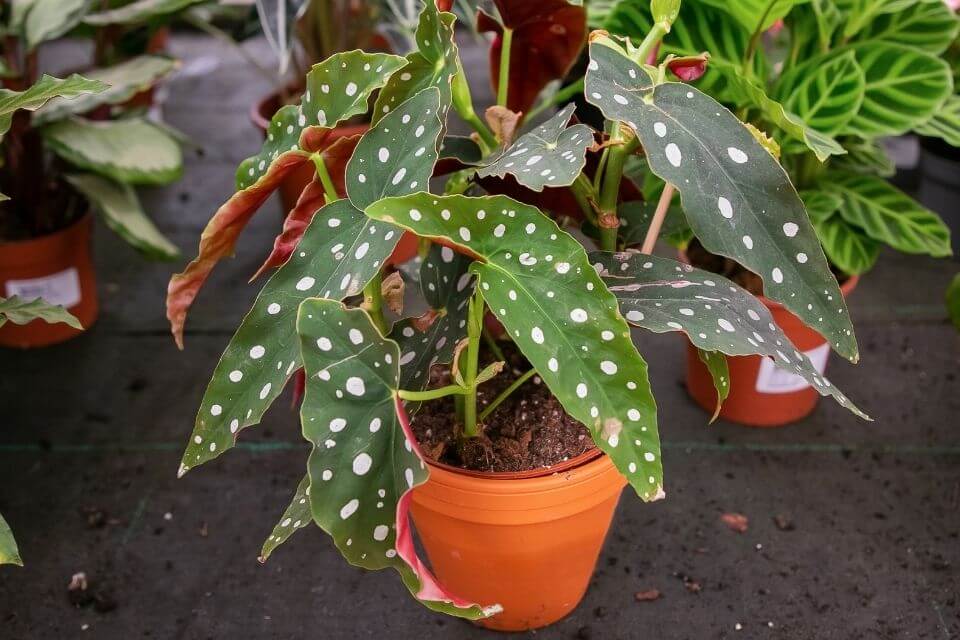
Cats are poisoned by over 100 species of begonia. The Begonia Maculata is one of the most common types of begonias, and it’s also toxic to cats. This plant contains a toxin known as saponin, which can cause vomiting, diarrhea, and even death in cats.
To protect your feline friend, make sure you keep this plant out of reach. Additionally, never compost this plant, as the toxins can still be released into the environment.
The signs of begonia poisoning in cats usually occur within 30 minutes of ingestion and include vomiting, diarrhea, and excessive salivation.
If your cat has ingested a large amount of this plant, it may experience seizures, coma, or death. If you think your cat or dog has been poisoned by a begonia, contact your veterinarian immediately.
Check this Begonia Maculata care guide.
4. Alocasia Black Velvet Plant
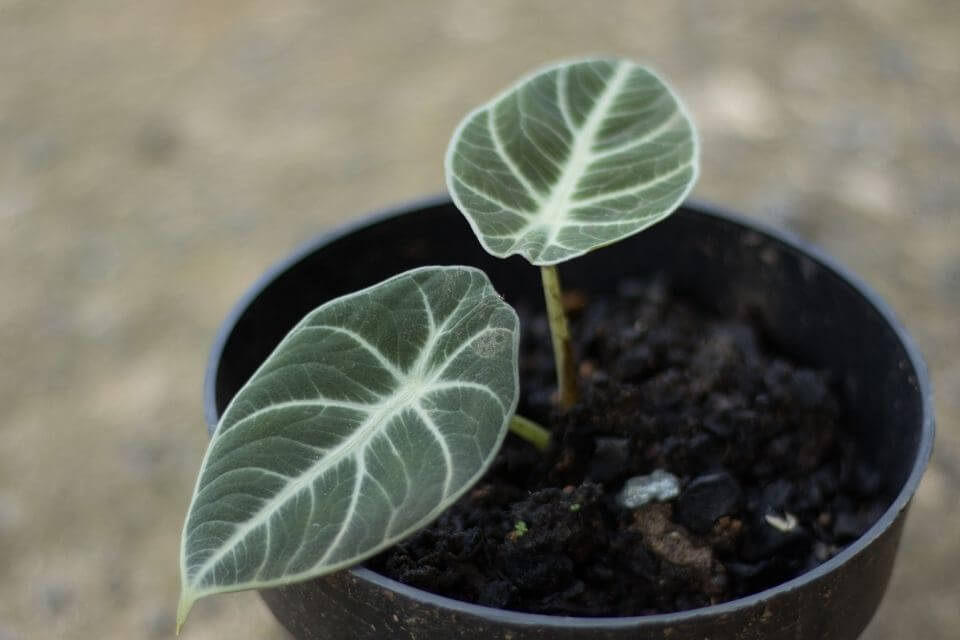
Similar to the Alocasia Polly Plant, the Alocasia Black Velvet Plant is also toxic to both cats and dogs. This plant contains calcium oxalate crystals, which can cause oral irritation, vomiting, and difficulty breathing in pets.
In severe cases, this plant can even be fatal. To protect your furry friends, make sure you keep this plant out of reach. Additionally, this plant should not be composted, as the toxins can still be released into the environment.
The signs of toxicity from exposure to the Alocasia Black Velvet Plant are very similar to those of the Alocasia Polly Plant. So make sure you keep both plants out of reach to protect your pets!.
Your dog or cat can recover from alocasia poisoning if you seek immediate veterinary services. However, delays can result in permanent kidney and liver damage.
5. Kalanchoe Tomentosa Plant
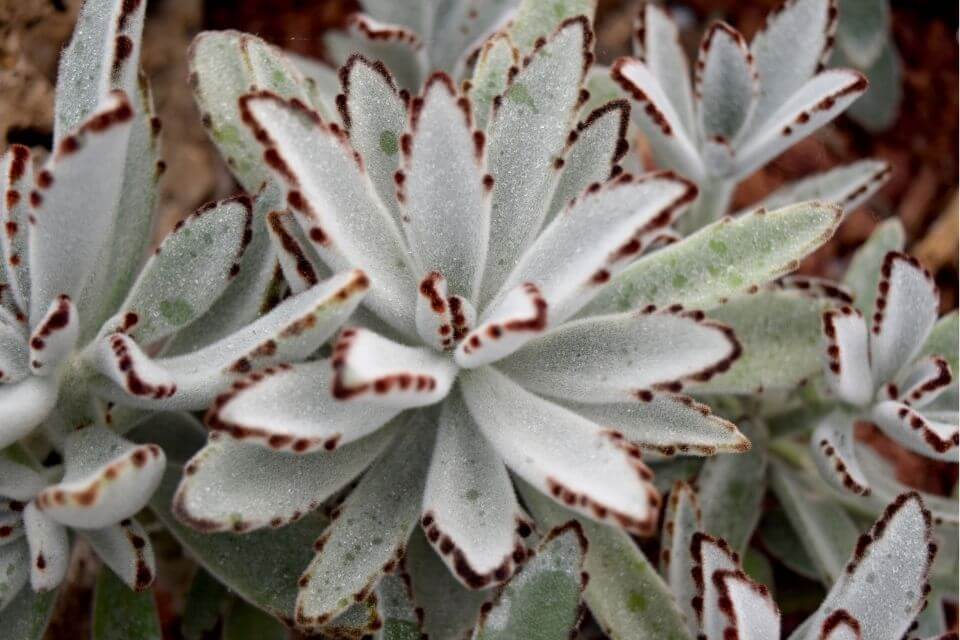
Kalanchoe tomentosa is a common and very beautiful house plant with numerous flowers colors ranging from yellow to pink, orange or red.
This plant is also known by other names such as Chandelier plant, Mother of Millions, and the Devil’s Backbone. It is succulent, and as such contains high levels of water. This makes it very attractive to both cats and dogs, but also very toxic.
The leaves of this plant contain bufadienolides, which can cause heart arrhythmias and even death in pets. To protect your furry friends, make sure you keep this plant out of reach.
Additionally, never compost this plant, as the toxins can still be released into the environment. The signs of toxicity from kalanchoe tomentosa usually occur within 30 minutes of ingestion and include vomiting, diarrhea, cardiac arrhythmias, and death.
If you think your cat or dog has been poisoned by a kalanchoe tomentosa, contact your veterinarian immediately. There is no antidote for this type of poisoning, so treatment usually consists of supportive care.
6. Philodendron Micans Plant
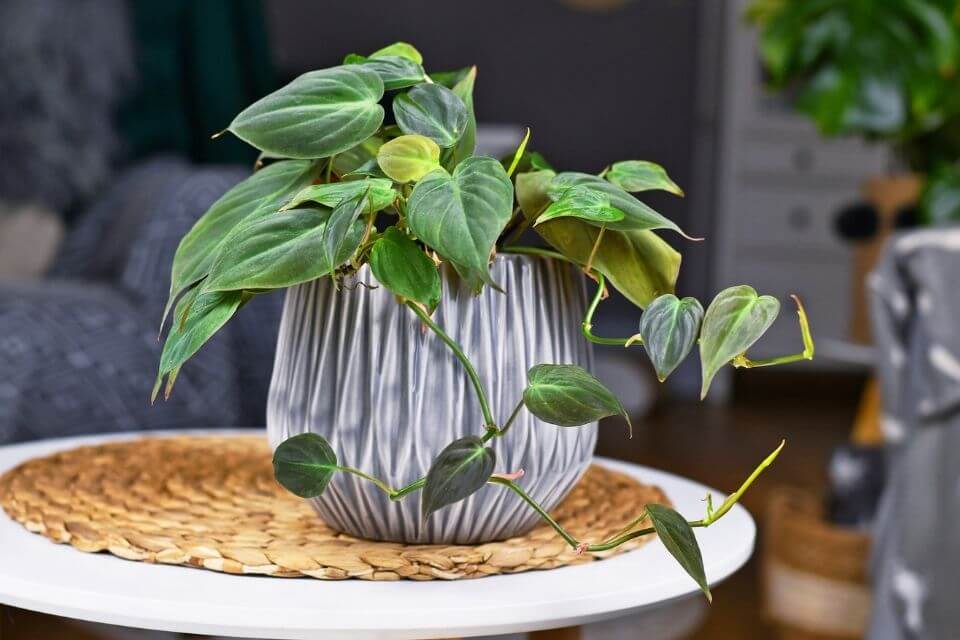
Philodendron Mican is a natural house plant that is common in tropical landscaping in the Southern part of the US. They have heart-shaped leaves with a purple hue. This plant is toxic to both cats and dogs, as it contains raphides.
These are sharp needle-like crystals that can cause intense pain and swelling if ingested by pets. These pants also contain insoluble calcium oxalates, which can cause irritation and swelling of the mouth, lips, tongue, and throat.
Severe cases of Philodendron mican plants poisoning can also lead to difficulty breathing, seizures, and even death. To protect your pet from this dangerous plant, make sure you keep it out of reach.
Additionally, never compost this plant, as the toxins can still be released into the environment. If your cat or dog has ingested a Philodendron micans, contact your veterinarian immediately.
Treatment usually consists of decontamination and pain relief.
Check this Philodendron Mican care guide.
7. Philodendron Birkin Plant
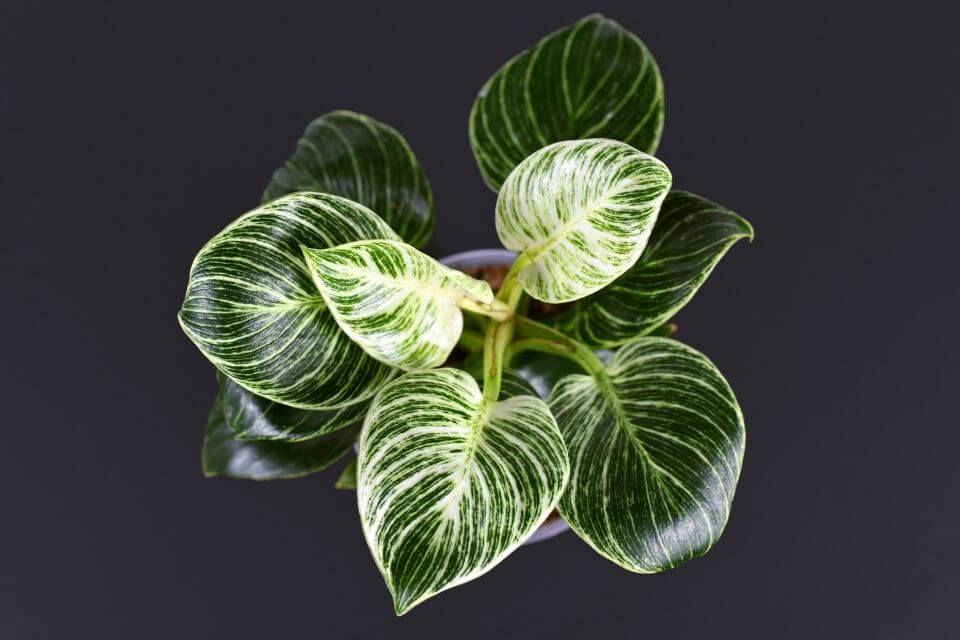
Philodendron Birkin is a popular house plant that is attractive and easy to care for. They do well indoors and are hardy and that is why homeowners like to have them in their homes.
philodendron Birkin is one of the plants that are toxic to cats and dogs. This plant contains raphides, which are sharp needle-like crystals that can cause intense pain and swelling if ingested by pets.
These pants also contain insoluble calcium oxalates, which can cause irritation and swelling of the mouth, lips, tongue, and throat. Severe cases of Birkin plants poisoning can also lead to difficulty breathing, seizures, and even death.
To protect your pet from this dangerous plant, make sure you keep it out of reach. Additionally, never compost this plant, as the toxins can still be released into the environment.
If your cat or dog has ingested a philodendron Birkin, contact your veterinarian immediately. Treatment usually consists of decontamination and pain relief.
Check this Philodendron Birkin care guide.
8. Marble Queen Pothos
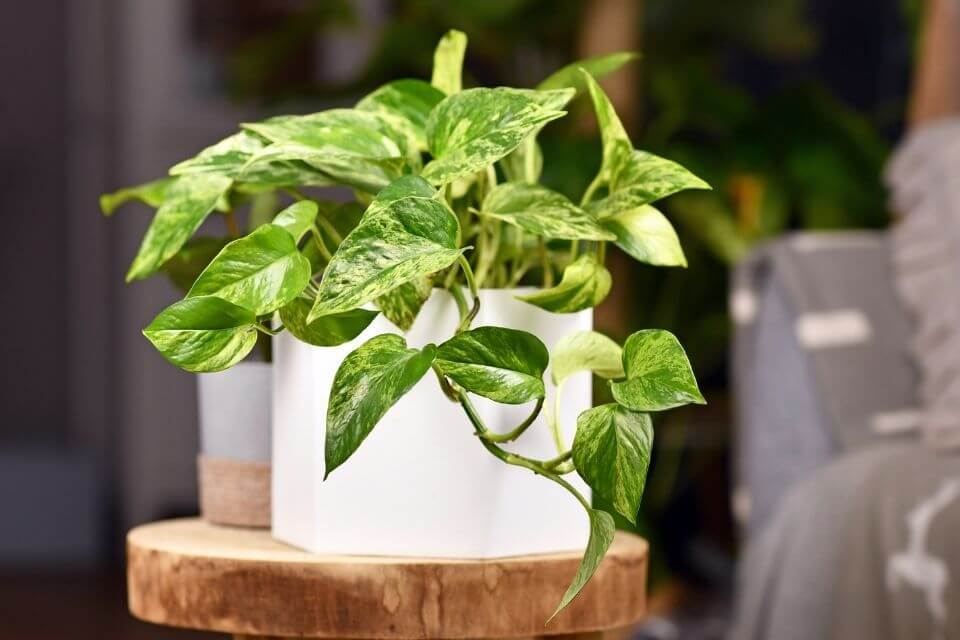
Marble Queen pothos is an evergreen plant and a member of the family Araceae. It is one of the popular house plants that are toxic to cats and dogs. Also, it is very easy to care for and has beautiful variegated leaves.
This plant is toxic to both cats and dogs, as it contains raphides. These are sharp needle-like crystals that can cause intense pain and swelling if ingested by pets.
These plants also contain insoluble calcium oxalates, which can cause irritation and swelling of the mouth, lips, tongue, and throat. Severe cases of Marble Queen pothos poisoning can also lead to difficulty breathing, seizures, and even death.
The calcium oxalates in the plant can also form crystals in the urinary tract, which can lead to blockages and renal failure.
The symptoms begin to show within 30 minutes of ingestion and include vomiting, diarrhea, cardiac arrhythmias, and death. To protect your cat or dog from this dangerous plant, make sure you keep it out of reach.
Additionally, never compost this plant, as the toxins can still be released into the environment. If you think your pet has ingested a Marble Queen pothos, contact your veterinarian immediately.
Treatment usually consists of supportive care. Moreover, if you have any questions or concerns, always consult with your veterinarian.
9. Peace Lilies Plant
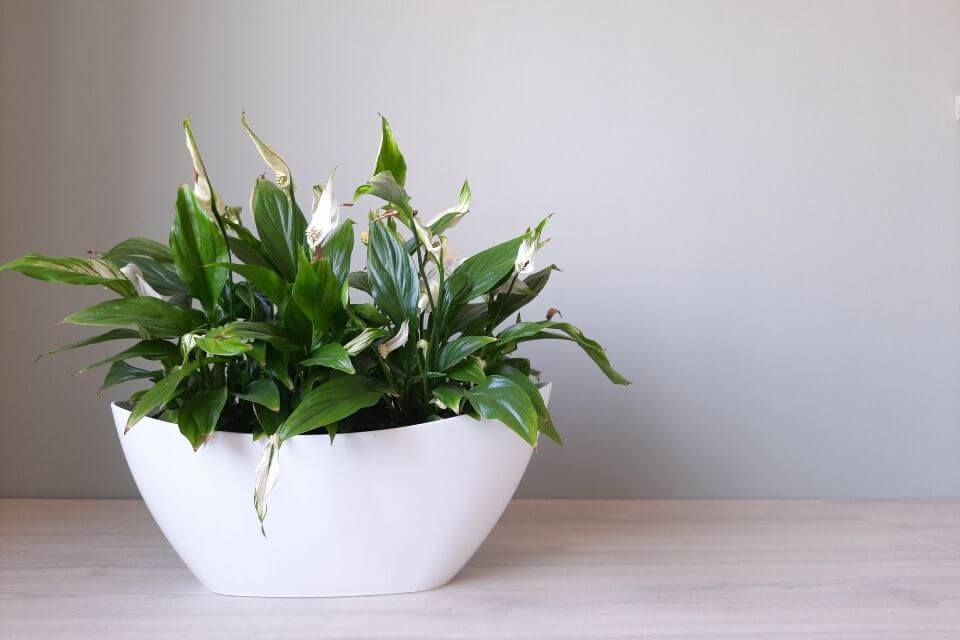
Peace lily or Spathiphyllum wallisii is a common, easy to care for house plant with white flowers and glossy green leaves. The plant is native to tropical regions of the Americas and Africa.
Peace lilies are toxic to both cats and dogs, as they contain insoluble calcium oxalates. These crystals can cause irritation and swelling of the mouth, lips, tongue, and throat.
Severe cases of peace lily poisoning can also lead to difficulty breathing, seizures, and even death.
When a cat or dog bites or chews the leaves or stem of this plant, the calcium oxalates are released and can cause burning and irritation of the mouth, lips, tongue, and throat.
The symptoms usually appear within 30 minutes of ingestion and include vomiting, diarrhea, seizures, and death. The biggest sign that your pet will show is drooling, as the plant’s toxins cause hypersalivation.
To protect your pet from this dangerous plant, make sure you keep it out of reach. Additionally, never compost this plant, as the toxins can still be released into the environment.
If you think your pet has ingested a peace lily, contact your veterinarian immediately. Treatment usually consists of supportive care. Moreover, if you have any questions or concerns, always consult with your veterinarian.
To relieve your furry friend of the pain, you can try to give them ice chips or a popsicle.
10. Neon Pothos Plant
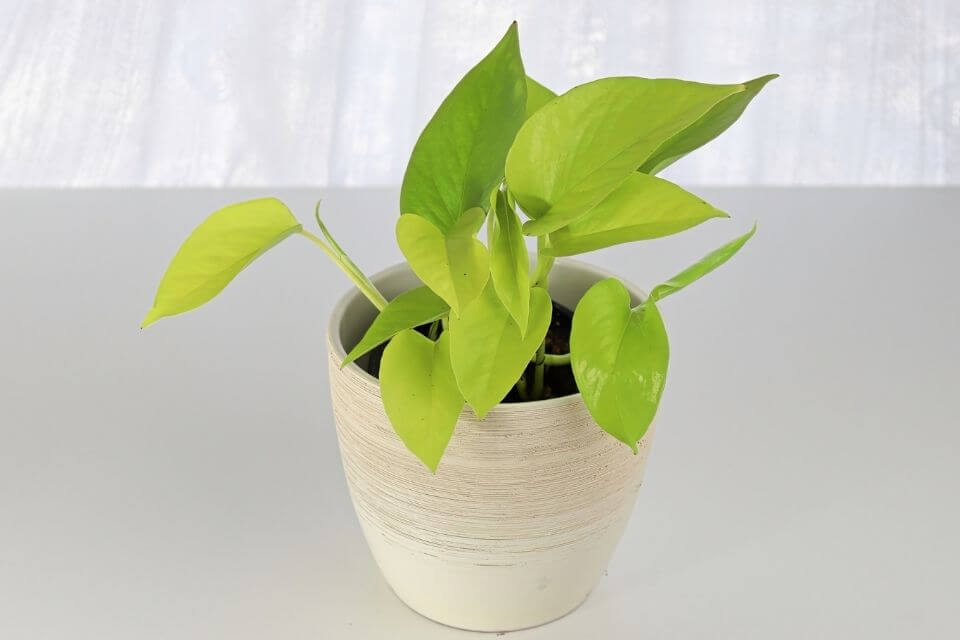
The Neon pothos is a beautiful plant with dark green leaves and creamy white veins. It is a member of the family Araceae and is toxic to both cats and dogs.
The plant is native to Southeast Asia and is popular as a houseplant because it is easy to care for. The leaves of this plant are smooth with a waxy coating, which can make them difficult to digest.
This plant contains raphides, which are sharp needle-like crystals that can cause intense pain and swelling if ingested by pets.
These pants also contain insoluble calcium oxalates, which can cause irritation and swelling of the mouth, lips, tongue, and throat. The leaves of the pothos plant are also toxic to cats and dogs.
When a cat or dog bites or chews the leaves of this plant, the calcium oxalates are released and can cause burning and irritation of the mouth, lips, tongue, and throat.
The symptoms usually appear within one hour of ingestion and include vomiting, diarrhea, seizures, and death. The biggest sign that your pet will show is drooling, as the plant’s toxins cause hypersalivation.
To protect your pet from this dangerous plant, make sure you keep it out of reach or not keep it at all, for your pet’s safety. Moreover, if you realize your pet has ingested this plant, contact your veterinarian immediately.
Treatment usually consists of supportive care and if needed, surgery to remove the crystals from your pet’s throat.
11. Coral Cactus Plant
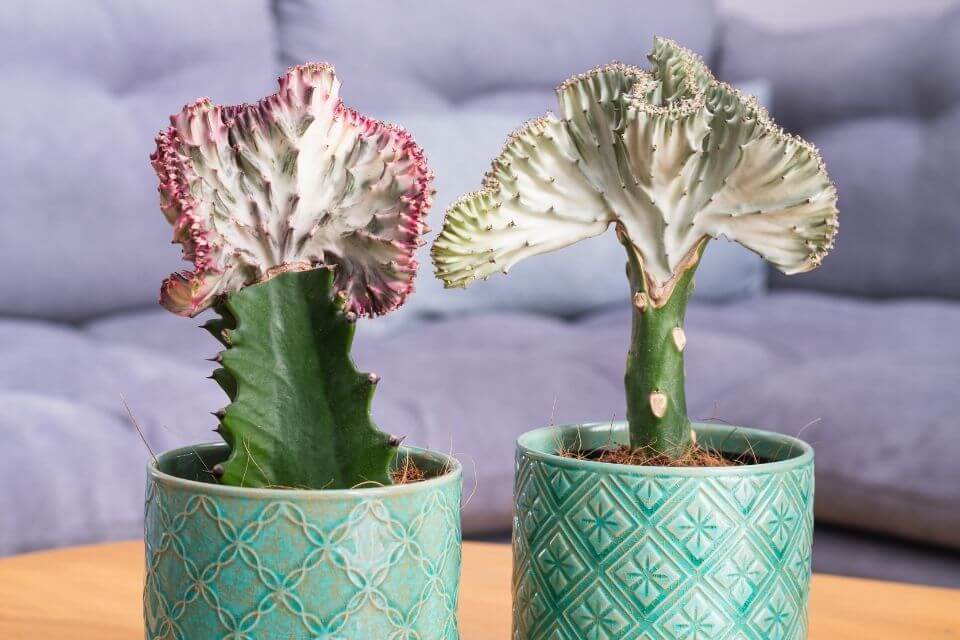
Coral cactus is typically a grafted cactus that is made up of two different types of cacti. The plant is native to the southwestern United States and parts of Mexico. The entire coral cactus is toxic.
It consists of sap that is irritating to the skin and eyes and a fruit that is toxic to both cats and dogs. The sap is white and thick and once touched by your pet, will cause them to lick their fur, which will then ingest the toxin.
The fruit of the coral cactus plant contains mescaline and other psychedelic compounds. These substances can cause vomiting, diarrhea, increased heart rate, seizures, and even death in pets.
The symptoms usually appear within one hour of ingestion and include vomiting, diarrhea, seizures, and death. The biggest sign that your pet will show is drooling, as the plant’s toxins cause hypersalivation.
To protect your pet from this dangerous plant, make sure you keep it out of reach or not keep it at all, for your pet’s safety. If you realize your pet has ingested this plant, contact your veterinarian immediately.
Treatment usually consists of supportive care and if needed, surgery to remove the toxins from your pet’s stomach.
12. Monstera Siltepecana
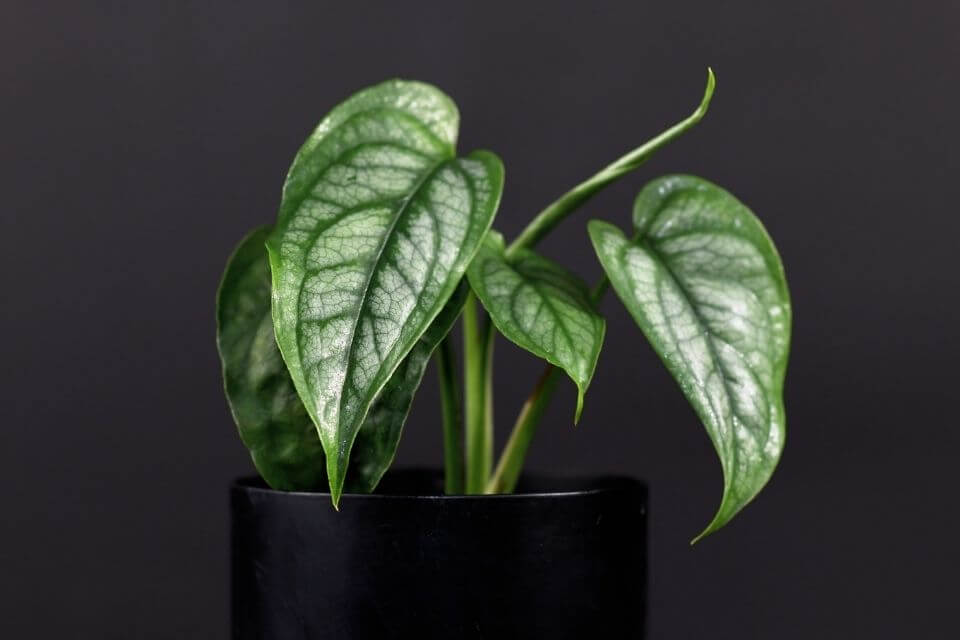
Monstera Siltepecana is a plant native to Mexico and Central America. The plant is a vine that grows in the rainforest and can reach up to 100 feet long. It has large, heart-shaped leaves with deep cuts along the edges.
This plant is also one of the plants toxic to cats and dogs. The nature of the plant lures pets in with its beautiful leaves and when ingested, can cause intense pain and swelling.
This plant contains raphides, which have sharp needle-like crystals that can cause intense pain and swelling if ingested by pets.
The leaves of the monstera siltepecana contain insoluble calcium oxalates, which can cause irritation and swelling of the mouth, lips, tongue, and throat. The symptoms usually appear within one hour of ingestion.
The symptoms include vomiting, diarrhea, seizures, and death. The primary sign that your pet will show is drooling, as the plant’s toxins cause hypersalivation.
To protect your pet from this dangerous plant, make sure you keep it out of reach of them, for your pet’s safety. When you noticed your pet has ingested the plant, contact your veterinarian immediately.
Treatment usually consists of supportive care and if needed, surgery to remove the crystals from your pet’s throat.
Check this Monstera Siltepecana care guide.
13. Monstera Adansonii
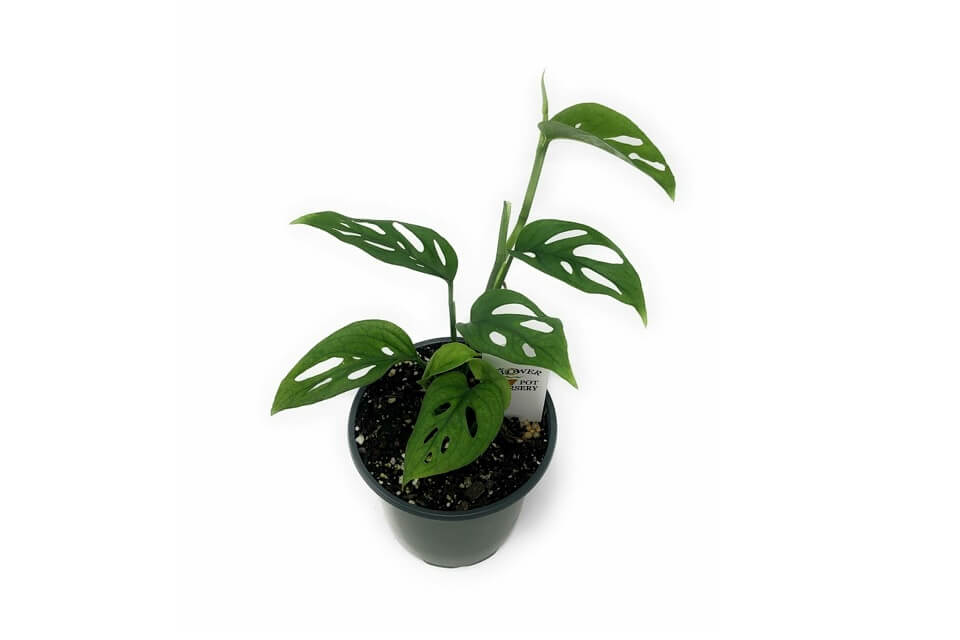
Monstera Adansonnii, also known as the Swiss Cheese Plant, might sound delightfully delicious but it is toxic to both cats and dogs. The plant is native to tropical areas of the Americas and is a vine that grows in the rainforest.
It has large, heart-shaped leaves with deep cuts along the edges. This plant contains raphides, which are sharp needle-like crystals that can cause intense pain and swelling if ingested by pets.
The leaves of the monstera adansonnii contain insoluble calcium oxalates, which can cause irritation and swelling of the mouth, lips, tongue, and throat.
The symptoms usually appear within one hour to two hours of ingestion and include vomiting, diarrhea, seizures, and death. The signs start from drooling to intense swelling.
As you can see, calcium oxalates can do a lot of damage. To protect your pet from this dangerous plant, make sure you keep it out of reach or not keep it at all, for your pet’s safety.
If you realize your pet has ingested this plant, contact your veterinarian immediately. Treatment usually consists of supportive care and if needed, surgery to remove the crystals from the body.
Check this Monstera Adansonii care guide.
14. Rhaphidophora Tetrasperma
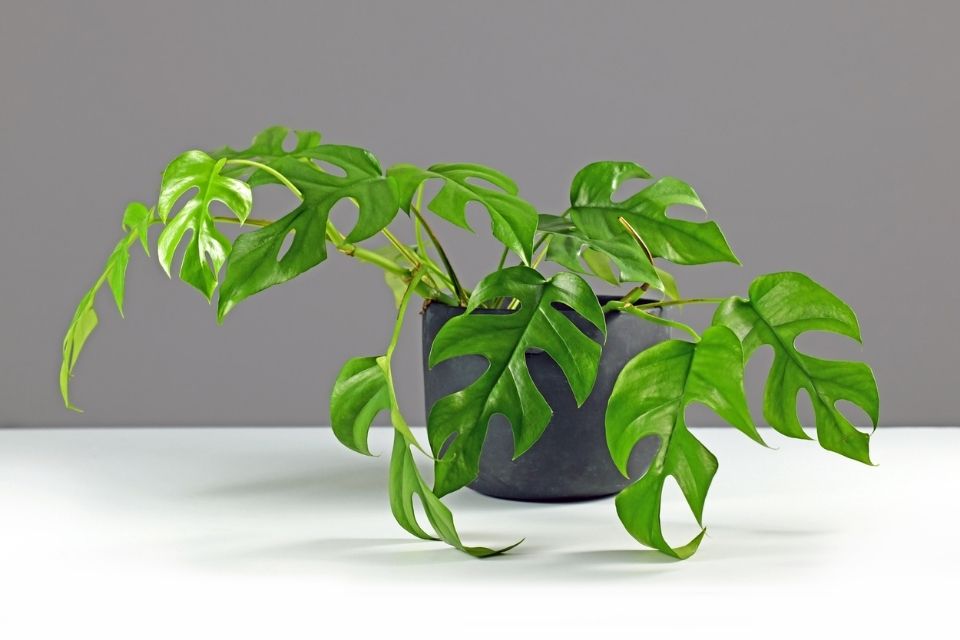
The Rhaphidophora Tetrasperma is the newest house plant to be added to the list of toxic plants. This house plant is a plant native to Southeast Asia.
It is an evergreen vine that grows up to 100 feet long and has small green leaves with white veins. This plant contains raphides, which are sharp needle-like crystals that can cause intense pain and swelling if ingested by pets.
The leaves of the Rhaphidophora tetrasperma contain insoluble calcium oxalates, which can cause irritation and swelling of the mouth, lips, tongue, and throat.
The symptoms usually appear within one hour to two hours of ingestion and include vomiting, diarrhea, seizures, and death. The signs start from drooling to intense swelling.
As you can see, calcium oxalates can do a lot of damage. Because Rhaphidophora tetrasperma are trailers, you will find them hanging down from the leaves to where the pets can reach them.
To protect your pet from this dangerous plant, make sure you keep it out of reach or not keep it at all, for your pet’s safety. If you realize your pet has ingested this plant, contact your veterinarian immediately.
Treatment usually consists of supportive care and if needed, surgery to remove the crystals from your pet’s throat.
Check this Rhaphidophora Tetrasperma care guide.
15. String Of Bananas Succulent Plant
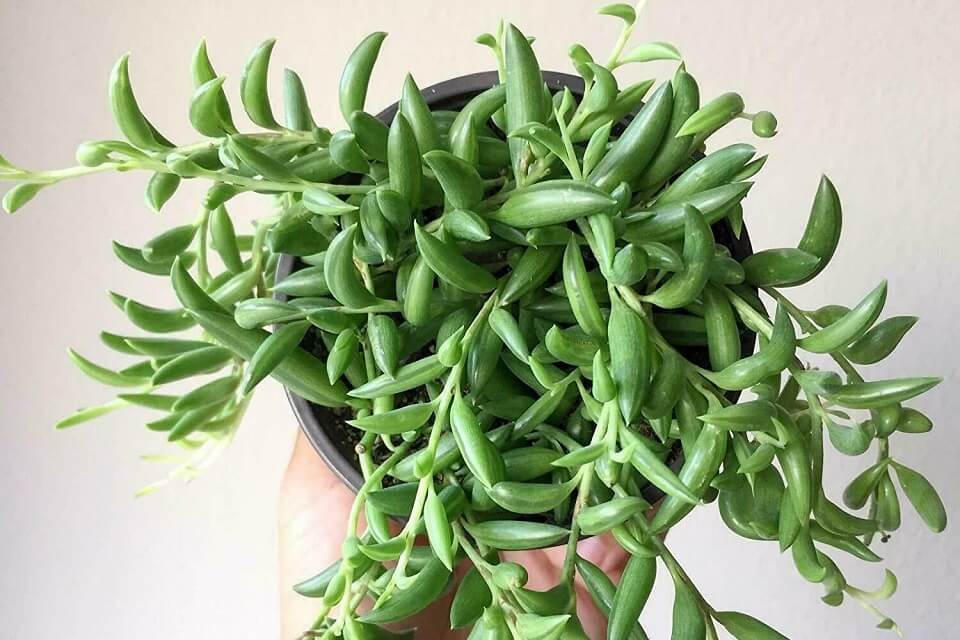
The String of Bananas succulent plant, also known as the rosary vine or sweetheart vine, is one of the popular garden plants that are toxic to cats and dogs.
The plant is native to South America and has oval leaves that are green with purple veins. This plant contains raphides, which are sharp needle-like crystals that can cause intense pain and swelling if ingested by pets.
The leaves of the String of Bananas succulent plant contain insoluble calcium oxalates, which can cause irritation and swelling of the mouth, lips, tongue, and throat.
The symptoms usually appear within one hour to two hours of ingestion and include vomiting, diarrhea, seizures, and death. The signs start from drooling to intense swelling.
As you can see, calcium oxalates can do a lot of damage. The common signs include pawing at the mouth, drooling, and vomiting.
To protect your pet from this dangerous plant, make sure you keep it out of reach or not keep it at all, for your pet’s safety. If you realize your pet has ingested this plant, contact your veterinarian immediately.
Treatment usually consists of supportive care and if needed, surgery to remove the crystals from your pet’s throat.
Check this String Of Bananas Succulent Plant care guide.
16. Philodendron Gloriosum Plant
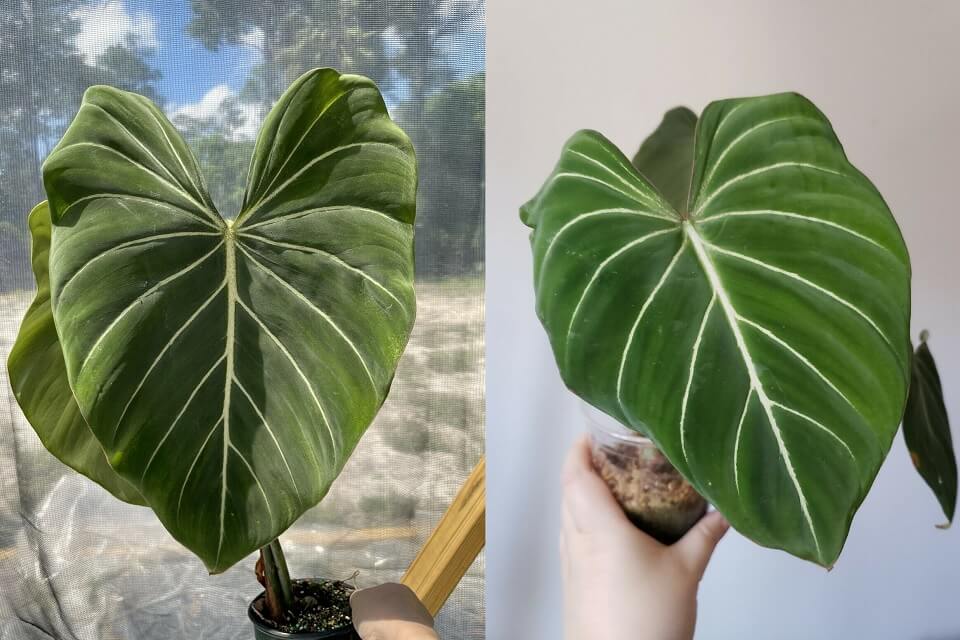
Philodendron Gloriosum belongs to the family Araceae and is one of the popular house plants that are toxic to cats and dogs. The plant has shiny, dark green leaves that can grow up to 18 inches long.
This plant contains raphides, which are sharp needle-like crystals that can cause intense pain and swelling if ingested by pets.
The leaves of the Philodendron gloriosum contain insoluble calcium oxalates, which can cause irritation and swelling of the mouth, lips, tongue, and throat.
The symptoms usually appear almost immediately after ingestion and include vomiting, diarrhea, seizures, and death. The signs start from drooling to intense swelling. As you can see, calcium oxalates can do a lot of damage.
To protect your pet from this dangerous plant, make sure you keep it out of reach or not keep it at all, for your pet’s safety. If you realize your pet has ingested this plant, contact your veterinarian immediately.
Treatment usually consists of supportive care and if needed, surgery to remove the crystals from your pet’s throat.
Check this Philodendron Gloriosum Plant care guide.
17. Philodendron Brasil Plant
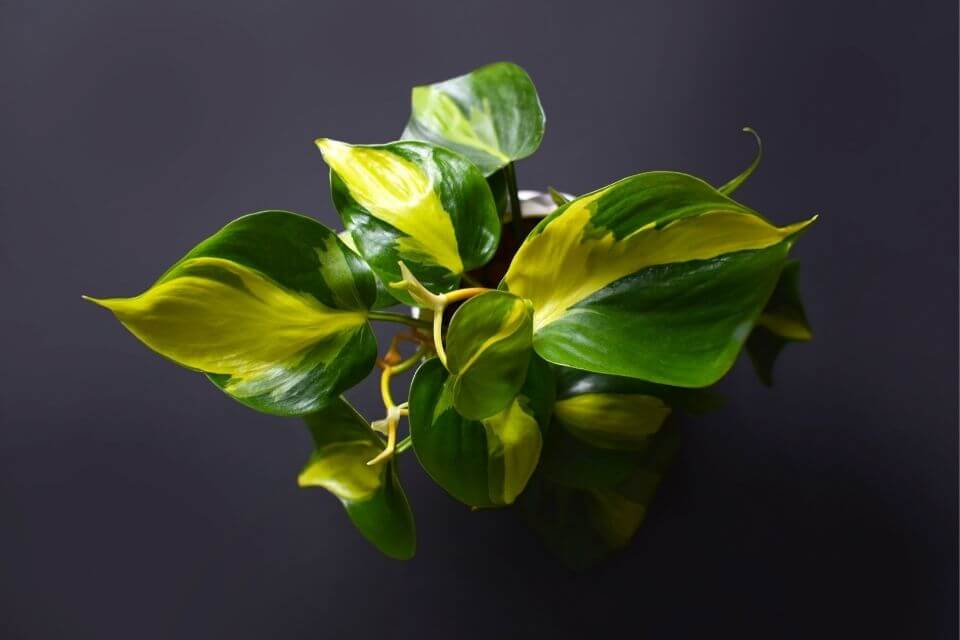
Any plant from the family Araceae is a potential danger to pets, and the Philodendron Brasil is no exception. This plant has large, dark green leaves that can grow up to 48 inches long.
This plant contains raphides, which are sharp needle-like crystals that can cause intense pain and swelling if ingested by pets.
The leaves of the Philodendron Brasil contain insoluble calcium oxalates, which can cause irritation and swelling of the mouth, lips, tongue, and throat.
The symptoms usually appear almost immediately after ingestion and include vomiting, diarrhea, seizures, and death. The signs start from drooling to intense swelling.
As you can see, calcium oxalates can do a lot of damage including death. The other signs are pawing at the mouth, drooling, and vomiting.
To protect your pet from this dangerous plant, make sure you keep it out of reach or not keep it at all, for your pet’s safety. If you realize your pet has ingested this plant, contact your veterinarian immediately.
Treatment usually consists of supportive care and if needed, surgery to remove the crystals from your pet’s throat.
18. Alocasia Wentii Plant
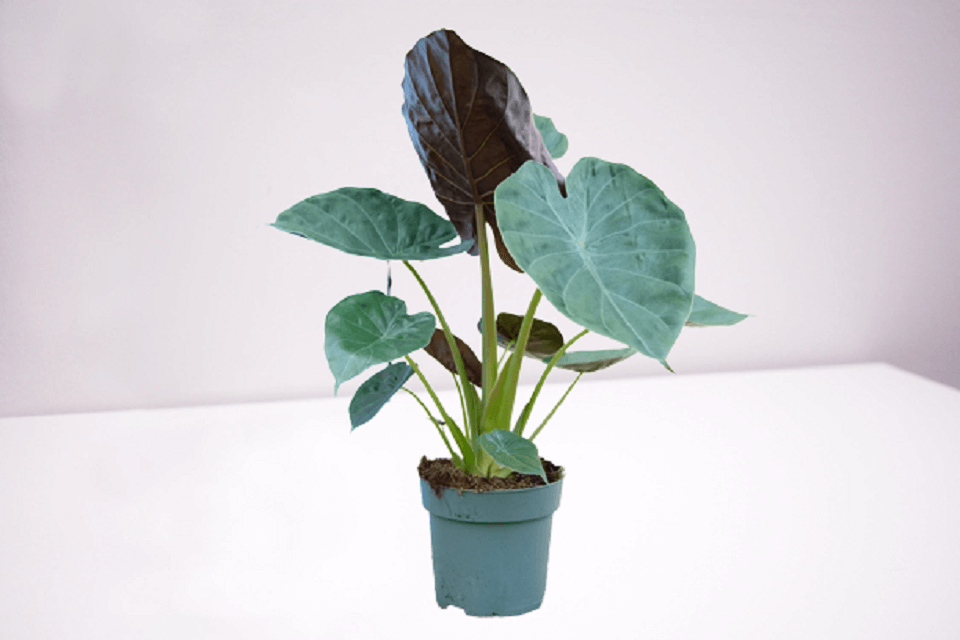
The Alocasia Wentii is a popular house plant with large, dark green leaves plants that are toxic to cats and dogs. This plant contains raphides, which are sharp needle-like crystals that can cause intense pain and swelling if ingested by pets.
The leaves of the Alocasia Wentii contain insoluble calcium oxalates, which can cause irritation and swelling of the mouth, lips, tongue, and throat. The signs and symptoms of Alocasia Wentii poisoning include pawing at the mouth, drooling, and vomiting.
The symptoms usually appear almost immediately after ingestion and can include seizures and death.
To protect your pet from this dangerous plant, make sure you keep it out of reach or not keep it at all, for your pet’s safety. If you realize your pet has ingested this plant, contact your veterinarian immediately.
Treatment usually consists of supportive care and if needed, surgery to remove the crystals from your pet’s throat.
Final Thoughts
As you can see, there are several plants in your home that are toxic to cats and dogs. So, it is important to keep these plants out of reach or not have them in your home at all.
If you do suspect that your pet has ingested one of these plants, contact your veterinarian immediately for treatment. Your pet’s life may depend on it.
Your furry companion is your best friend and you have to do whatever it takes to them from these poisonous house plants. Even if it means completely removing the plant from your home.
You don’t want to risk their life when it comes to these plants that can cause serious health problems or even death.


